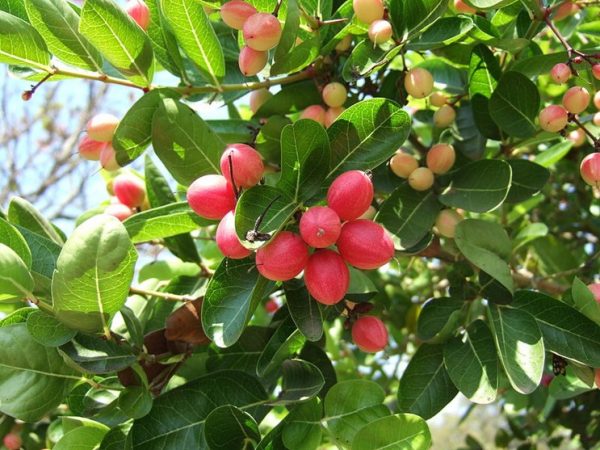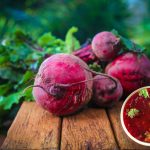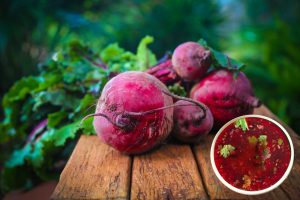
Carissa
An African shrub, climber plant Carissa is known for both its fruits and medicinal use. The species that is mainly produced is Carissa Macrocarpa, or Natal plum, named after a region in Northern South Africa where it grows. It is difficult to grow these plants because of milky sap exudation that comes out whenever there is a wound or cut in the plant. It is difficult to harvest and transport these fruits as they can be easily damaged.
The berries have a short shelf life because the sap congeals.
- It is low in cholesterol, sodium free, and vitamin C, B1, B2, A, calcium, protein, iron, magnesium, potassium, phosphorus, sodium, copper and is low in fat.
- Plant prevent cells from damages, protects the teeth from decay and the gums from diseases, strengthens the nails and lowers the risk of depression.
- Peeled or unpeeled, fruits are made into jam, other preserves, syrup or sweet pickles. Jelly is made from slightly under ripe fruits or a combination of ripe and unripe to enhance the color.
It is also good for the skin as it prevents pre-mature aging and offers other benefits as well because fruits contain powerful antioxidants.
Image:https://commons.wikimedia.org/wiki/File:Carissa_carandas_fruits.JPG
Sakurai Midori / CC BY-SA (https://creativecommons.org/licenses/by-sa/3.0)
Author: Sumana Rao | Posted on: February 25, 2016






















Write a comment